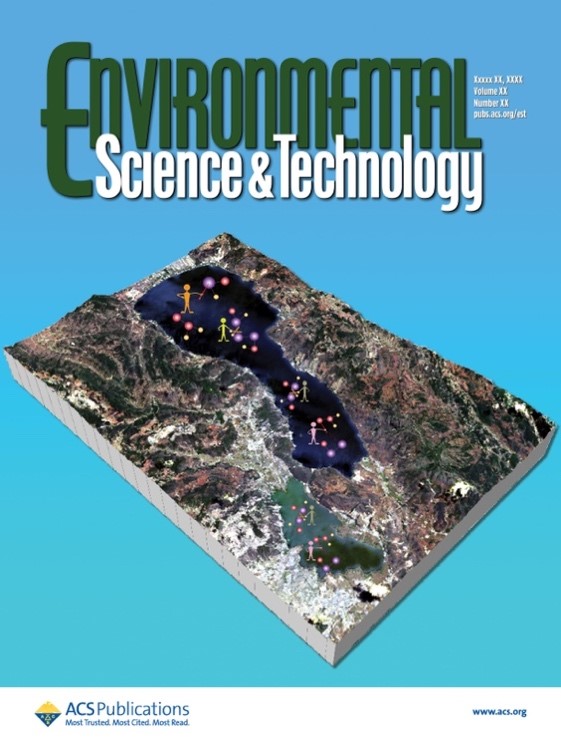Dissolved organic matter (DOM) is a key part of carbon biogeochemical cycle. Understanding the control mechanism of DOM chemical diversity will help to improve the theory of carbon biogeochemical cycle. The biodegradation of particulate organic matter by aquatic microorganisms, the efflux of their own metabolites, and the utilization of low molecular weight DOM can all affect the chemodiversity of DOM molecules. On the other hand, it was reported that some specific DOM combinations in water also affect the formation of bacterial community. Therefore, the latest viewpoint is that they interact and influence each other. This makes it difficult to understand the carbon biogeochemical cycle driven by microorganisms in water bodies. For this reason, a survey of inland waters at a wide range of spatial scales and environmental gradients in China was conducted, the chemical composition of DOM and microbial community composition were determined by Fourier transform ion cyclotron resonance mass spectrometry (FT-ICR-MS) and high-throughput sequencing technology, respectively. Combining with relevant environmental factor analysis, and a variety of mathematical statistics methods, to clarify the causal relationship between microbial community composition and DOM chemical diversity.
This study proved that the DOM chemodiversity in inland water is controlled by microbial community assembly, not vice versa. Due to significant geographical distribution differences in the composition of microbial communities in water bodies, DOM chemodiversity also exhibits a geographical distribution difference (Figure 1). DOM chemodiversity in water is mainly controlled by the formation of bacterial and archaeal community composition, while DOM chemodiversity in sediment is mainly constrained by the formation of eukaryotic and fungal communities. In addition, the chemical composition of sediment DOM is also influenced by the interactions between different microbial communities in the vertical direction between water and sediment, which provides new ideas for explaining the formation mechanism of DOM complexity caused by the connectivity between water and sediment.
This study is the first to clarify the causal relationship between DOM chemodiversity and microbial community assembly in inland waters, and proposes the microbial regulatory mechanism on the geographical distribution pattern of DOM chemodiversity, thus further deepening the understanding of DOM biogeochemical cycle.
Wanzhu Li#, Na Liu#, Jianfeng Li, Baoli Wang*, Xinjie Shi, Xia Liang, Meiling Yang, Sheng Xu, and Cong-Qiang Liu. Chemodiversity of Dissolved Organic Matter Is Governed by Microbial Biogeography in Inland Waters. Environ. Sci. Technol. https://doi.org/10.1021/acs.est.3c00896.

Figure 1. (a) The geographical distribution of microbial community diversity (H’-Mic) and the diversity of DOM elemental combination (H’-Ele) in the water samples; (b)Random Forest model of DOM chemodiversity; (c) Structural equation modeling describing relationships among the relevant parameters in the water samples.

Figure 2. This study was selected as a Supplementary Cover in ES&T Journal